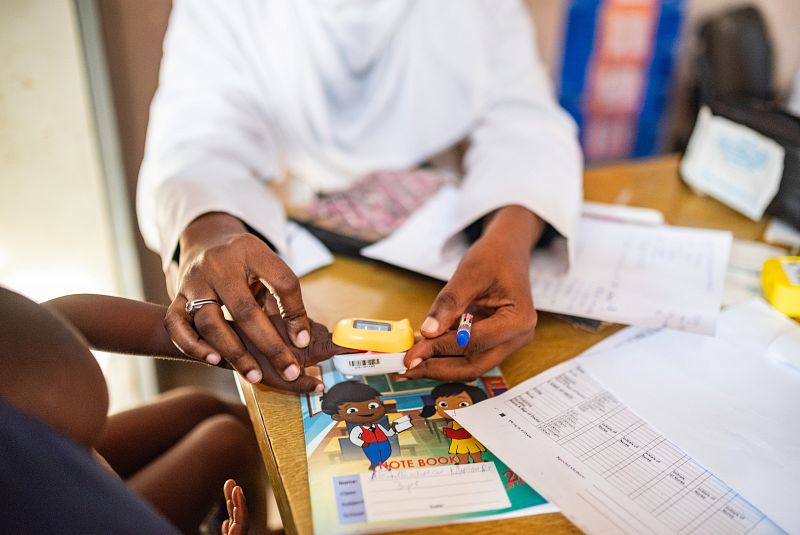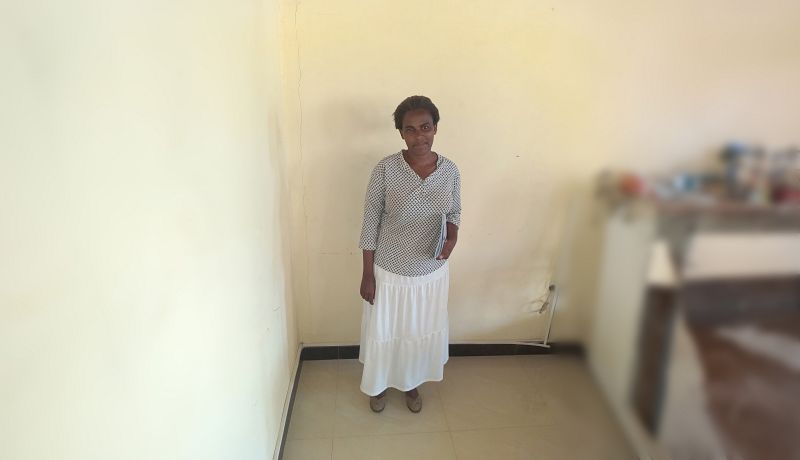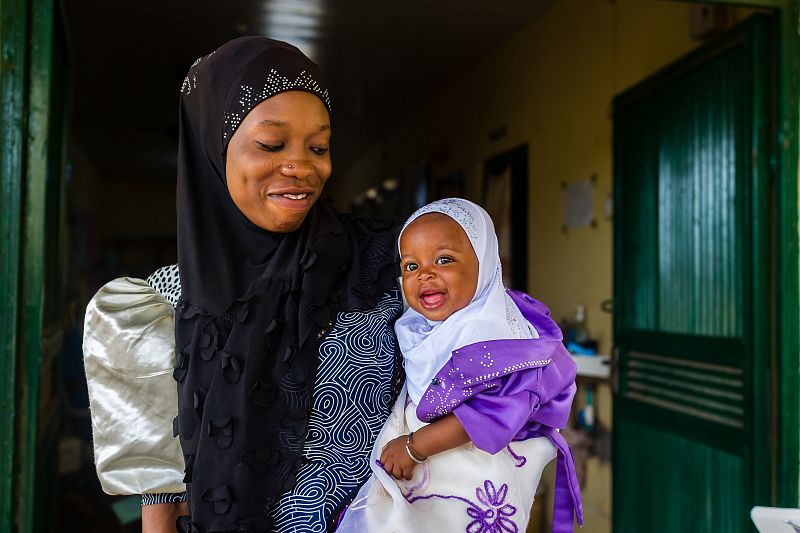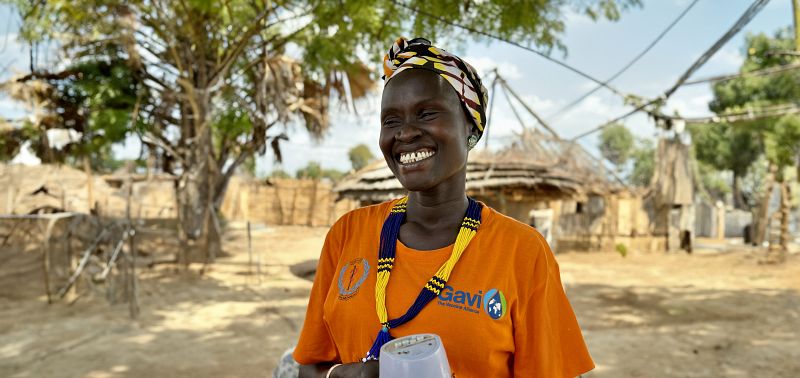Publications
Explore our publications to find useful evidence, lessons and recommendations from our work across Africa and Asia
Type
- Advocacy and positioning
- Advocacy briefs
- Advocacy reports
- Annual reviews
- Brochures
- Capacity statements
- Position statements
- Conference
- Briefing notes
- Posters
- Presentations
- Guidance and toolkits
- Guidance
- Training materials
- Learning
- Case studies
- Infographics
- Insight briefs
- Learning briefs
- Learning papers
- Newsletters
- Research and Technical
- Journal articles
- Project briefs
- Project reports
- Research briefs
- Synopses
- Technical briefs
Keyword
- ASTMH
- Advocacy
- COVID-19
- Capacity development
- Case management
- Case study
- Chemoprevention
- Child survival
- Climate
- Community delivery
- Costing and economic impact evaluation
- Data-informed decision-making
- Diagnosis
- Digital health
- Elimination
- Evidence generation
- Gender
- Genetic modification
- Health financing
- Health system strengthening
- Learning
- Logistics
- MNCH
- Malaria in pregnancy
- Monitoring and evaluation
- PMC
- Philanthropy
- Policy development
- Private sector
- Quality improvement
- Research
- Resistance management
- SBC
- SDGs
- SMC
- Scaled implementation
- Scholarships
- Surveillance
- Treatment
- Universal health coverage
- Urbanisation
- Vaccines
- Vector control
- Webinars
- iCCM
Diseases
Country
Language
Current search filters (10 results match types):
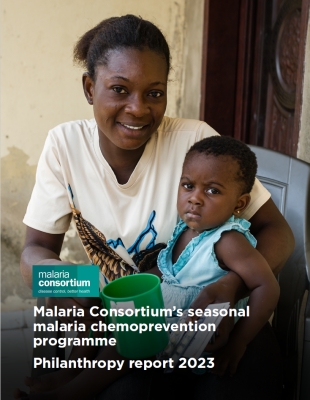 25/04/2024
Project report
25/04/2024
Project report
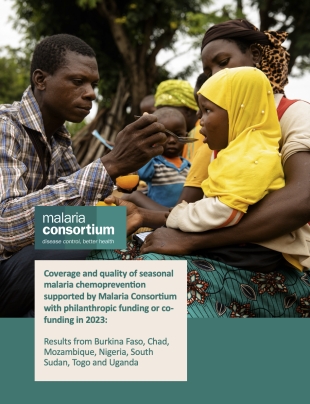 25/04/2024
Project report
25/04/2024
Project report
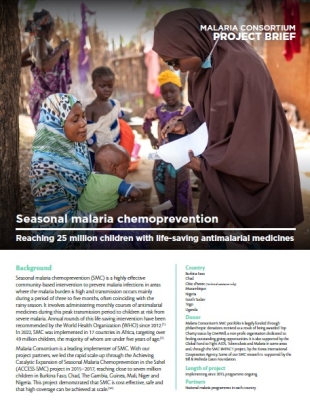 23/04/2024
Project brief
23/04/2024
Project brief
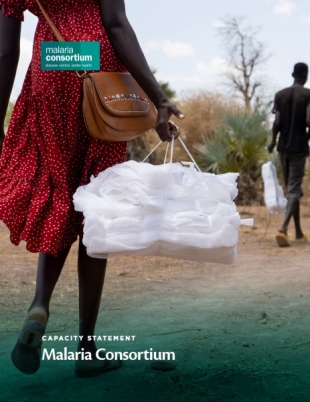 22/04/2024
Capacity statement
22/04/2024
Capacity statement
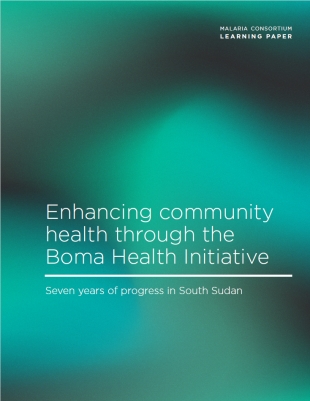 12/04/2024
Learning paper
12/04/2024
Learning paper
 30/03/2024
Journal article
30/03/2024
Journal article
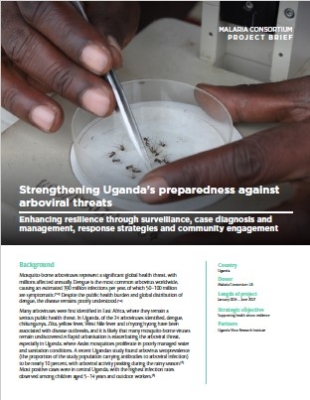 28/03/2024
Project brief
28/03/2024
Project brief
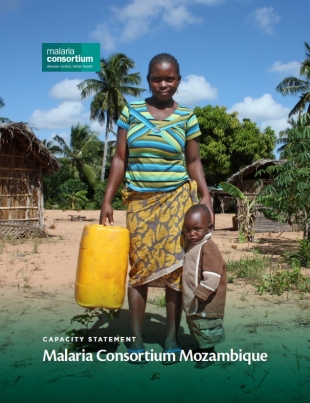 08/03/2024
Capacity statement
08/03/2024
Capacity statement
 08/03/2024
Journal article
08/03/2024
Journal article
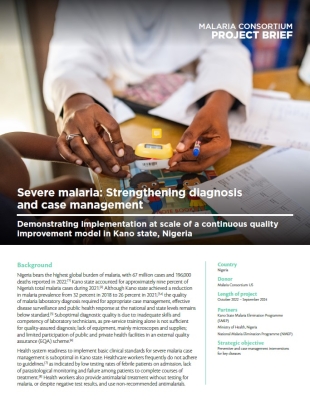 27/02/2024
Project brief
27/02/2024
Project brief
 25/04/2024
Project report
25/04/2024
Project report
Malaria Consortium’s seasonal malaria chemoprevention programme: Philanthropy report 2023
This report summarises achievements and challenges in areas where Malaria Consortium used philanthropic funding for SMC in 2023. 25/04/2024This report summarises achievements and challenges in areas where Malaria Consortium used philanthropic funding for SMC in 2023.
 25/04/2024
Project report
25/04/2024
Project report
Coverage and quality of seasonal malaria chemoprevention supported by Malaria Consortium in 2023
This report outlines our methods for monitoring coverage of our SMC programme and the quality of its delivery in 2023. 25/04/2024This report outlines our methods for monitoring coverage of our SMC programme and the quality of its delivery in 2023.
 23/04/2024
Project brief
23/04/2024
Project brief
Seasonal malaria chemoprevention
Malaria Consortium is a leading implementer of seasonal malaria chemoprevention (SMC) and carries out pioneering research to strengthen the quality and effectiveness of this life-saving intervention. 23/04/2024Malaria Consortium is a leading implementer of seasonal malaria chemoprevention (SMC) and carries out pioneering research to strengthen the quality and effectiveness of this life-saving intervention.
 22/04/2024
Capacity statement
22/04/2024
Capacity statement
Malaria Consortium
Our global capacity statement describes our approach and expertise and provides an overview of the key areas of our work. 22/04/2024Our global capacity statement describes our approach and expertise and provides an overview of the key areas of our work.
 12/04/2024
Learning paper
12/04/2024
Learning paper
Enhancing community health through the Boma Health Initiative
Over the last seven years, Malaria Consortium has been supporting the South Sudan government to implement a nationwide community health programme that aims to connect communities to essential health services. 12/04/2024Over the last seven years, Malaria Consortium has been supporting the South Sudan government to implement a nationwide community health programme that aims to connect communities to essential health services.
 30/03/2024
Journal article
30/03/2024
Journal article
Receipt of seasonal malaria chemoprevention by age-ineligible children and associated factors in nine implementation states in Nigeria
Children aged 3-59 months are eligible to receive seasonal malaria chemoprevention (SMC). This study aimed to assess how often SMC medicines were administered to ineligible children during the 2022 round. 30/03/2024Children aged 3-59 months are eligible to receive seasonal malaria chemoprevention (SMC). This study aimed to assess how often SMC medicines were administered to ineligible children during the 2022 round.
 28/03/2024
Project brief
28/03/2024
Project brief
Strengthening Uganda’s preparedness against arboviral threats
We are establishing a robust arboviral surveillance system as well as running training programmes and public awareness campaigns to bolster Uganda's defences against mosquito-borne viruses. 28/03/2024We are establishing a robust arboviral surveillance system as well as running training programmes and public awareness campaigns to bolster Uganda's defences against mosquito-borne viruses.
 08/03/2024
Capacity statement
08/03/2024
Capacity statement
Malaria Consortium Mozambique
Malaria Consortium is committed to reducing the burden of malaria and other communicable diseases in Mozambique, especially those affecting children under five. 08/03/2024Malaria Consortium is committed to reducing the burden of malaria and other communicable diseases in Mozambique, especially those affecting children under five.
 08/03/2024
Journal article
08/03/2024
Journal article
Heterogeneity in the prevalence of subclinical malaria, other co-infections and anaemia among pregnant women in rural areas of Myanmar
This study found high rates of anaemia among pregnant women, despite a low prevalence of subclinical malaria and co-infections. The authors advocate integrating interventions for malaria, anaemia and helminths into… 08/03/2024This study found high rates of anaemia among pregnant women, despite a low prevalence of subclinical malaria and co-infections. The authors advocate integrating interventions for malaria, anaemia and helminths into antenatal care services.
 27/02/2024
Project brief
27/02/2024
Project brief
